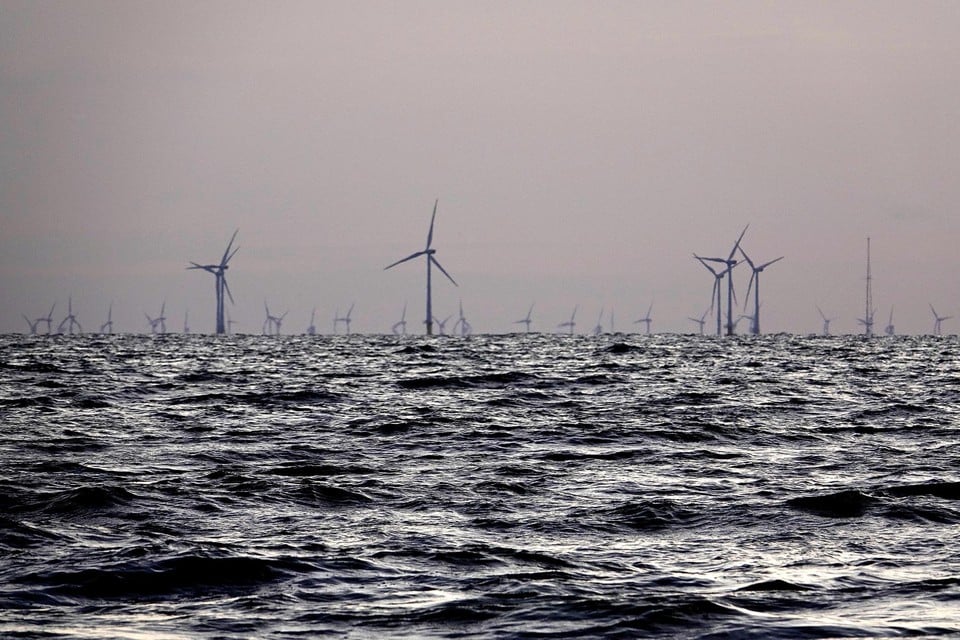Flemish wine contains the second highest concentration of Pfas in Europe

© image broker/Heike Brauer
High concentrations of trifluorabetic acid (TFA), a kind of PFAS, were found in European wines. Flemish wines also contain the second highest amount. This is evident on Wednesday from a report from Bond Beter Leefmilieu (BBL) and Pesticide Action Network (PAN), among others.
Source: Belga
Today at 3:07 PM
In the European wines, concentrations were found that are 100 times higher than the average of the measured TFA values in the European surface and drinking water. The study, which has tested wines from Austria, Belgium, Croatia, France, Germany, Greece, Hungary, Italy, Luxembourg and Spain, showed that the Flemish wine contains the second highest concentration of TFA.
In the study, 10 older and 39 younger wines were investigated. TFA was found in all young wines. No TFA was found in the old wines, harvested before 1988. For example, a sharp rise was measured in the concentration of TFA near Wijnen since 2010. A total of eighteen different pesticides were found.
BBL and Pan call for a quick ban on Pfas in pesticides and better food monitoring to limit the risk of infection of TFA. The report warns of the consequences, since it concerns ‘Forever Chemicals’, which means that they are hardly demolished in nature and remain present forever. « Every year that we do not take action, contributes to the permanent damage to our environment, food and body, » it sounds.
« In Flanders there has already been a ban on substantial substances that are difficult to remove in the coalition agreement and specifically a ban on PFAS pesticides in the Flemish pesticide plan, » says Heleen De Smet of BBL. « Nevertheless, Flemish minister Jo Brouns (competent for agriculture ed.) Not yet taken action. The sample confirms that the PFAS crane must be closed as quickly as possible: we only prevent TFA from ending up in our living environment, » concludes De Smet.







